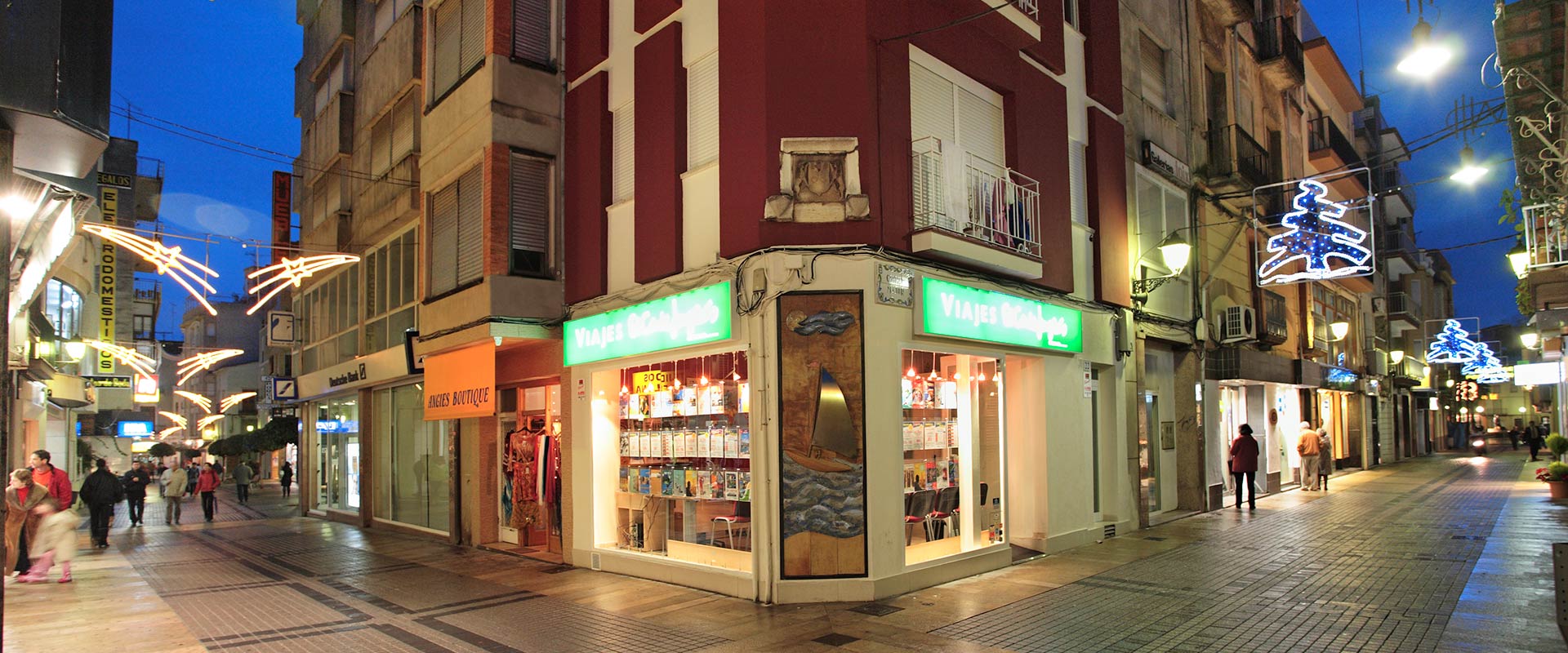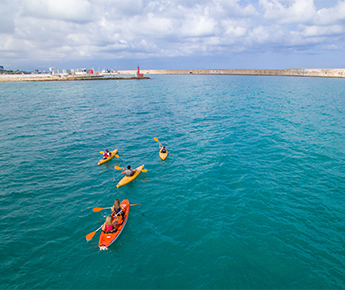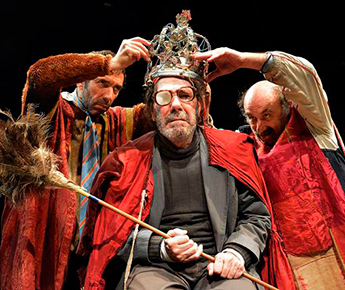
THE OLD QUARTER
Quatre Cantons – “Four Corners”

Quatre Cantons (Four Corners) is the most popular way of calling this crossroads between two of the main streets in the old part of Benicarló: Major Street and Sant Joan Street. And during the Middle Ages, from this point it was possible to see the four gates of entry into the town through the city walls, positioned at the four cardinal points: the ‘Grado’ or ‘Mar’, Càlig, Peníscola and Vinaròs gates.
Anecdote
On the street going down to the sea, on the wall of a large building is a coat of arms, now worn away somewhat, which belonged to the Sans family. This noble family from Benicarló was joined to the Leones family from Valencia in 1667. And there, over the doorway is their coat of arms carved into the stone.
Furthermore, on the corner in front of the Gothic Building is what is called the ‘Escudo de Patet’ (the Patet Coat of arms), whose presence in Benicarló has not been completely settled. Although it seems that it could be something to do with Friar Ramon Patet, master of the Order of the Temple, who besieged Alcalá de Xivert Castle after surrendering to Burriana, and the conquest of Peníscola, two key events in 1233. The branches could represent Ramón’s father’s name, and the birds, which could be two ducks are probably related to the surname Patet.
However, the best anecdote is to follow. Calle Major (the main street) in Benicarló was part of the main 340 road from Valencia to Barcelona. And in May 1938, during the Civil War, a convoy tried to get away from the Madrid front with a hundred of the most valuable works of art from the Prado Museum. When Nazi aircraft started bombing the capital besieged by Franco’s troops, the government from the Second Republic hastened to send them to Valencia, new government headquarters. From here, the artworks travelled to Barcelona and then on to Geneva.
When moving them from Valencia to Barcelona, they had to pass through Benicarlò, and here some of the works were damaged. What happened here to the paintings “El dos de Mayo” or “La carga de los mamelucos” and “Los fusilamientos del tres de mayo” by Francisco de Goya, is a well-known fact. The lorry transporting them banged into a balcony which had been damaged by a national artillery attack, and it fell on top of the lorry. The most badly affected canvas was “La carga de los mamelucos”. As the paintings had to be moved in their stretcher frames, in wooden boxes, and not rolled up, when Goya’s work suffered this impact it broke into 18 fragments. In 2008 the affected areas were restored.



